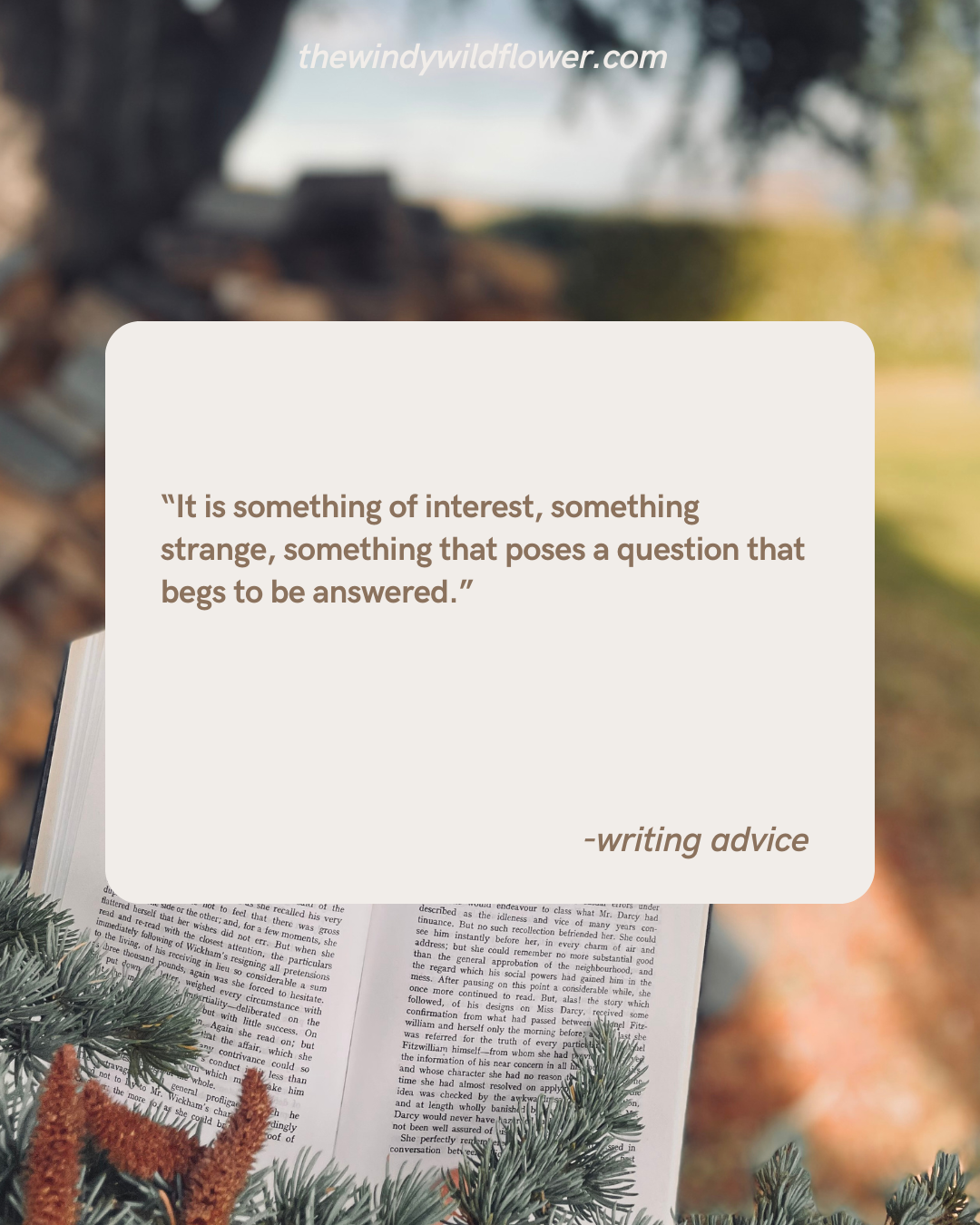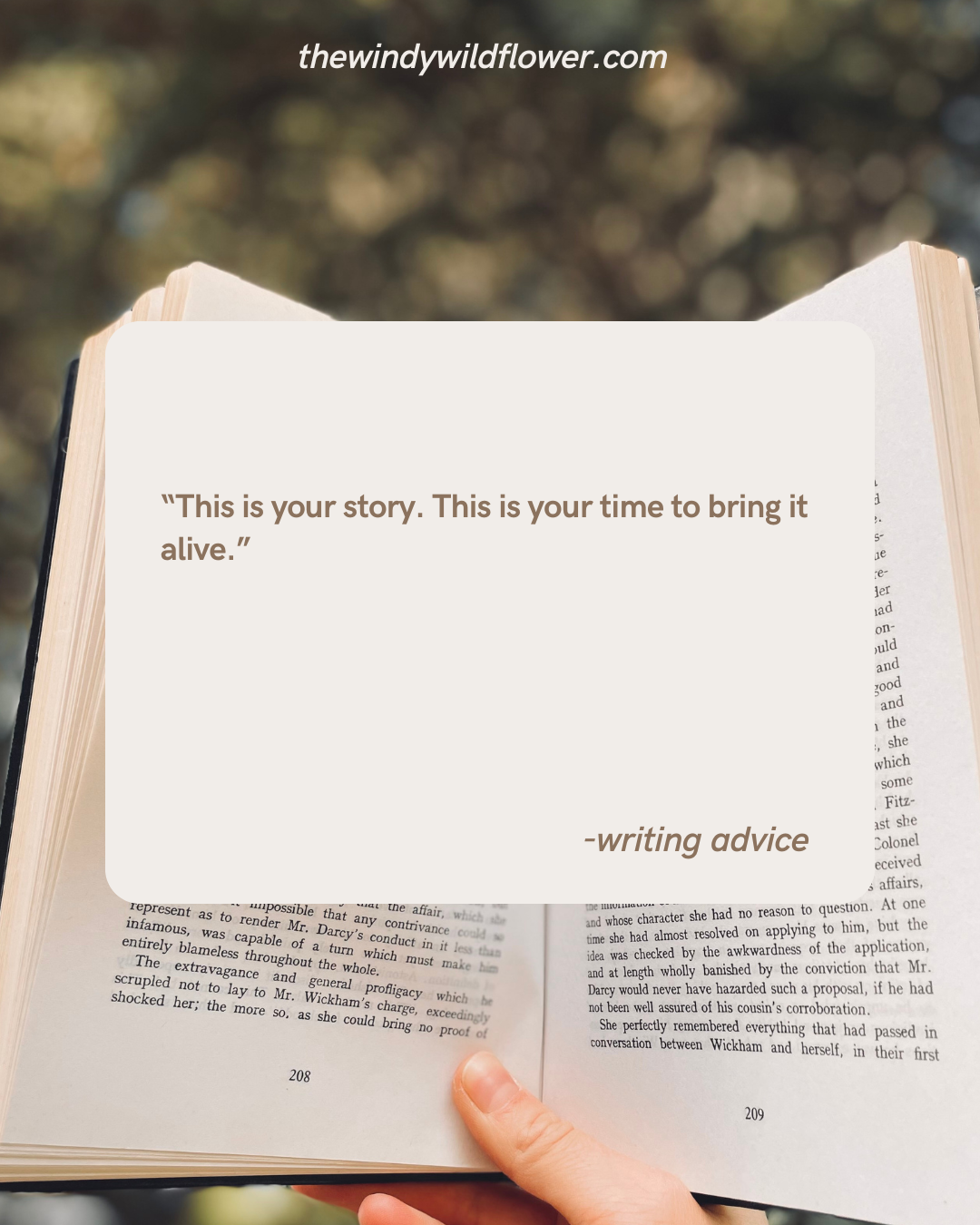How to write the first chapter of your book
You’ve had this idea for a book, done some planning, and now you are staring down the first page.
I’ve been there. Each time I’ve written a first chapter has taught me something new about first chapters, book writing, and how to draw the reader in. Today we are going to talk about how to write the first chapter of your book, what to include, what to avoid, and what will grab the reader’s attention.
Where to begin?
Where you start your story is totally up to you, and completely unique to each book. Wherever you do decide to start, know why you have chosen that place. Why does it matter to the reader? What about to you? Why does it matter to your characters?
I have a habit of starting my books too far away from the hook, or first interesting plot point. But don’t worry if you do the same, you can always edit that out later, and simply change the start to be chapter two or three.
Wherever you do decide to start, know why you have chosen that place.

What should be included in the first chapter?
There are some important things I think should be included in first chapters. I am going to list them below, and you can consider if you think they are all necessary or not for your story.
A hook
A hook is something that grabs your reader’s attention and makes them curious about what happens next. It is something of interest, something strange, something that poses a question that begs to be answered. Hooks can look like anything from bumping into an old friend at a library, to someone dying, to discovering an old map – you name your own. Including a hook is important, because often readers will put down a book if they don’t feel it holds any interest from the get go.
As humans, our attention spans are only so long (getting shorter by the day it feels like with scrolling etc.) So if you can grab the reader’s attention from even the first page, that will set you up for having readers want to continue the entire book. Think about if you are shopping in a book shop, picking up books and having a quick flick through. If you aren’t captivated by the first few lines, or first page, you aren’t likely to buy that book.
It is something of interest, something strange, something that poses a question that begs to be answered.
Introduction of the main character
We need to know who the main character of the book is. Thus, including a introduction to the main character is something I would include in the first chapter. This doesn’t have to be a drawn out description, or monologue about their entire past. It can be as simple as your character playing an active part in the first chapter. A brief description of their appearance is to have. However, try to interweave it in the story, not pause the action for a monologue. In addition to this, let us get a feel for who they are, their desires and fears. Showing us what they want in life is an important part of setting up the story.
Your main character’s mission
The story is all about your main character’s mission. Including this in the first chapter sets the story up in a way. It show the reader the goal your character is going to try reach. Knowing that goal, makes the reader want to keep reading. Also, it will give you the root purpose to follow through with the rest of the story as the author.

What should be avoided in the first chapter?
Some things just don’t need to be in the first chapter. First chapters have so much to jam pack in, that including things that your reader doesn’t care about is a waste of words. Here are some things I think can wait till later chapter’s to be touched on.
Introducing the world
Introducing the world of your character is important, but not needed in the first chapter. If your reader is just getting interested, and then they are slammed with a three paragraph description of the world, they might just loose interest. Your reader cares about the world, and wants to have a few little hints at what kind of world it is. But save the long explanations for later (actually for never – we want to avoid monologues!).
Introducing unimportant characters
As with the last point, introducing characters who aren’t going to play a major role in the story can wait till later. Certainly introduce supporting characters, or people who impact this chapter, but stay away from side characters who aren’t adding anything to the story right now.
Leaving nothing for curiosity
Leave your readers something to wonder about. Pose questions that aren’t answered right away. This will make the reader curious to find out the answers and thus urge them to keep reading.
Having fun with the first chapter
You don’t just want to write a chapter that the reader will read. You want to have fun when writing it. This is your brand new story, and you are embarking on a new adventure! Know what it is that makes you so excited about the story and include that in the first chapter. If you are excited about writing it, your reader is more likely to find it exciting to read too. Besides, it’s not all about the reader, it is about you as the author too.
This is your story. This is your time to bring it alive.
If you would like to learn more about writing, feel free to browse more blog posts here , or contact me if you have any questions. You can also find me on YouTube at The Windy Wildflower, or the podcast at The Windy Wildflower Podcast. We talk about writing, songwriting, and being a Christian creative in all these places. I also have a free writing resource you can grab on this website here! Join me on the journey of learning to glorify God with our creativity and making dreams a reality.
Till next time friends,
Nika.